The Best Tool Holder Selection Strategy to Avoid Interference in Limited Machining Space

In previous SYIC articles, we shared how to choose the correct tool holder for machining. By now, many of you may have a foundational understanding of selecting tool holders for various machining needs. In this article, we’ll discuss how to optimize production by selecting specific tool holders for scenarios where machining space is limited.
Interference issues frequently occur during the machining process and can be one of the key factors affecting production efficiency and product quality. Such interference can lead to tool wear, workpiece damage, or even machine failure. Common causes of interference issues include: workpiece design (complex geometries, irregular dimensions, or strict tolerances of the workpiece), machine conditions (insufficient machining space), and tool selection (the tool’s front-end type affects its diameter and length), fixtures and positioning (fixtures or securing devices), operator experience and so on. Fortunately, these potential causes of interference can be effectively mitigated through thoughtful design processes, simulations and inspections, proper fixture design, selecting suitable tools, and operator training. However, machine itself is the most challenging factor to address, as it often cannot be easily modified. This brings us to the focus of this article: how to minimize interference within the constraints of existing machine and limited machining space.

Which of SYIC products can minimize interference in limited machine space?
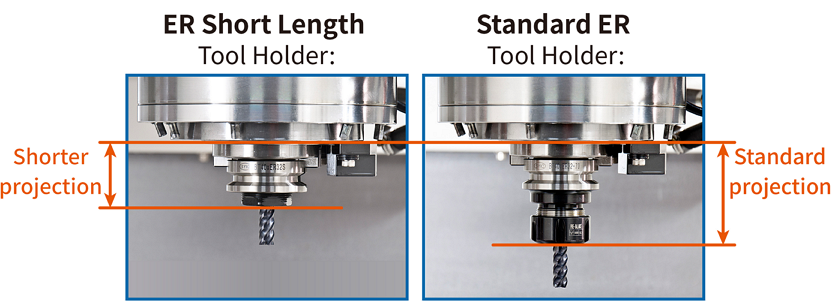
ER Short Length Tool Holder: The short nut design significantly enhances machining rigidity, reduces vibrations, and extends tool life.
It is suitable for high-speed, high-torque machining or machining environments with insufficient Z-axis
space due to tall workpieces. The nut features POWER-GOOD treatment, increasing clamping force by
75%. It is compatible with the full range of ER collets.
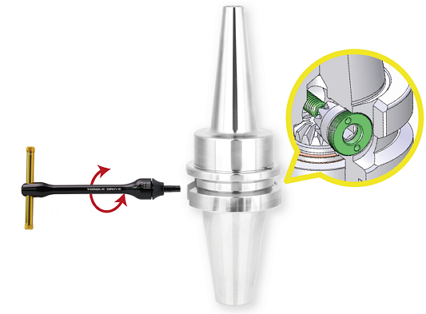
USC Ultimate Side Clamping Chuck allows quick tool changes using a wrench to lock and release tools from the side. The reinforced neck at the front enhances machining rigidity, and the nut-free design effectively reduces machining interference.
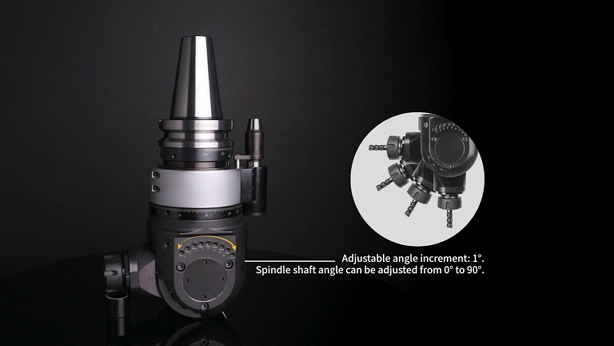
SAU Angle Head Holder (Universal Type): Its spindle chuck (output) can be adjusted between 0° and 90°. Once the machine’s load capacity is confirmed, users can set the required angle according to machining needs to reduce interference. A fixed-angle type is also available to order for mass production applications.
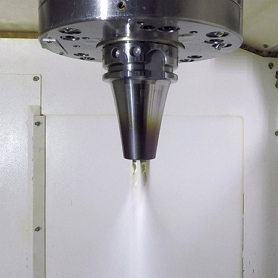
SYIC shrink fit chucks offer CUL Curved Line type. It’s ideal for 5-axis machining, effectively avoiding interference during 5-axis operations. SYIC also offers CUD type, which is thickened at the nose and designed with a curved line, avoiding interference in 5-axis machining while maintaining exceptional machining rigidity.
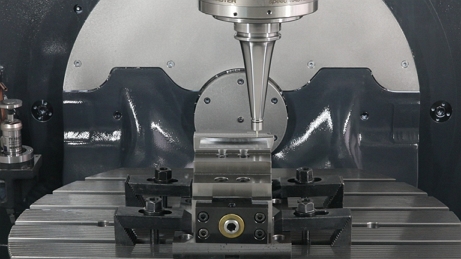
PRO-E/M Type Excellent Collet Chuck: The enlarged holder ID hole optimizes the coverage of ER collets, reducing tool overhanging length. Besides, PRO-E collet chuck and the clamping nut achieve great contact when fastened
together due to the design of upper and lower straight sections, maximizing the strength, rigidity, and precision
stability.
The PRO-E/M type is designed with CUL Curved Line, making it highly suitable for 5-axis machining scenarios by
preventing collisions and interference while ensuring strength.
Minimizing interference during machining is crucial for improving production efficiency and product quality. Selecting the appropriate SYIC tool holders based on machining environment constraints not only enhances efficiency and quality but also extends machine life, reduces maintenance costs, and optimizes resource allocation in space-constrained conditions, maximizing overall benefits.
















